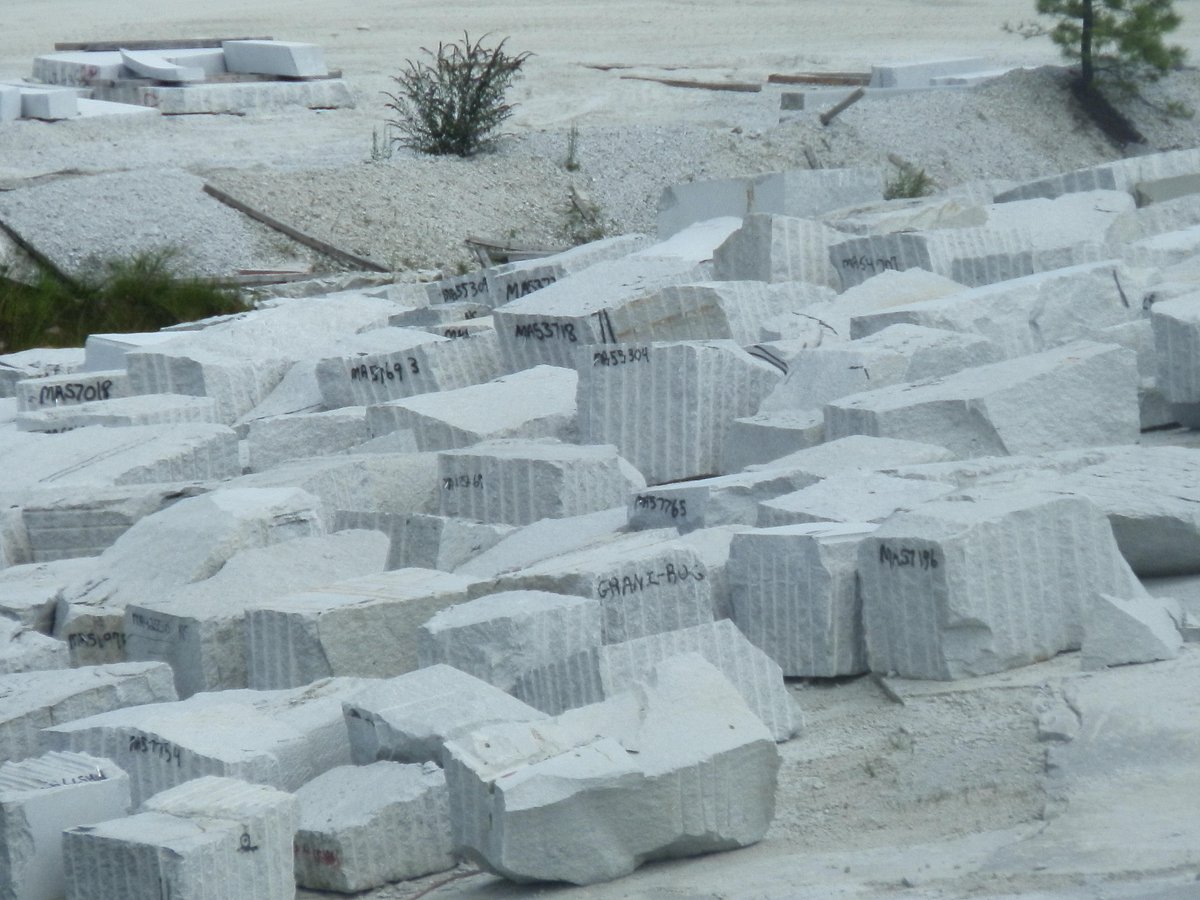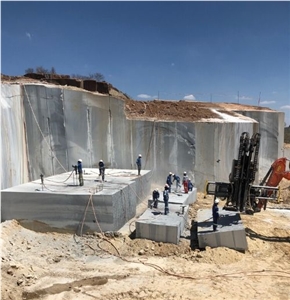Unveiling Granite Quarries in South Africa Tradition: A Trip With Quarries
Unveiling Granite Quarries in South Africa Tradition: A Trip With Quarries
Blog Article
Discovering the Rich Background and Sustainable Practices of Granite Quarrying
As we depend on the precipice of discovering the intricate tapestry of granite quarrying, a journey via time reveals not simply the physical act of extracting rock yet also the social and historic importance woven right into the very material of this technique. From the ancient origins that laid the structure for modern-day quarrying techniques to the lasting techniques that are shaping the future of this market, each sculpt mark on granite surface areas tells a story waiting to be discovered (granite quarries in south africa). The heritage of granite quarrying stretches far beyond simple removal; it is a testament to human ingenuity, durability, and the long-lasting attraction of this stunning rock
Old Beginnings of Granite Quarrying
Dating back to ancient people, the technique of quarrying granite has actually been an essential component of human background and architectural advancement. The earliest evidence of granite quarrying go back to old Egypt, where large pyramids and detailed sculptures were crafted from this sturdy stone. The Egyptians made use of primitive tools to extract granite blocks from quarries, showcasing the significance of this product in their huge constructions.
Progressing in history, the Greeks also made significant contributions to the quarrying of granite. The Greeks used granite in various building wonders, such as holy places and statuaries, showing their ability in shaping and carving this hardy stone. The Romans further refined the strategies of quarrying granite, using innovative devices like blades and hammers to essence and shape granite for their iconic structures.
Via the centuries, the technique of quarrying granite has evolved, with modern-day innovations improving effectiveness while maintaining the timeless allure of this all-natural stone - granite quarries in south africa. From ancient civilizations to modern building contractors, the heritage of granite quarrying continues to shape our globe
Development of Quarrying Methods
The evolution of quarrying strategies has actually been noted by a continual development towards higher efficiency and precision in removing granite. Early quarrying methods entailed manual labor with fundamental devices such as chisels, hammers, and wedges to draw out granite blocks from the planet.
In more current times, the arrival of machinery changed the quarrying industry, allowing much faster extraction rates and raised productivity. Technologies such as ruby cord saws, high-pressure water jets, and pneumatic drills have ended up being standard in contemporary quarries, enabling specific cutting and reduced waste. Moreover, innovations in computer-controlled equipment and 3D modeling have actually optimized quarrying operations, resulting in marginal ecological influence and improved sustainability practices. As the demand for granite remains to rise, the advancement of quarrying strategies continues to be integral to look at here meeting industry needs efficiently and sustainably.
Social Relevance of Granite
Granite holds a profound social relevance throughout different human beings because of its enduring presence in architectural work of arts and respected monuments. From the marvelous pyramids of Egypt to the complex carvings of the Angkor Wat holy place in Cambodia, granite has actually been a material of choice for sharing majesty and durability in cultural heritage. In old Rome, granite columns decorated temples and public structures, signifying strength and permanence. The cultural value of granite prolongs beyond its physical features; it symbolizes resilience, security, and timelessness, making great site it an icon of withstanding legacies and practices.

Sustainable Practices in Quarrying
Amidst the abundant history of granite quarrying and its cultural value lies a growing focus on sustainable techniques within the market. As environmental recognition and worries about source depletion have actually increased globally, the quarrying field has increasingly welcomed sustainable approaches to reduce its effect on the atmosphere and surrounding neighborhoods.

In addition, recovery and rehabilitation of quarry sites post-extraction are indispensable to sustainable techniques. By recovering quarried locations to an all-natural or beneficial state, such as creating wildlife environments or entertainment areas, quarriers can balance out the environmental footprint of their operations and add favorably to the regional community.
Legacy of Granite Quarrying
With a historical background soaked in craftsmanship and industrial progression, what sustaining effect has granite quarrying left on the landscape of contemporary society? The heritage of granite quarrying transcends simple extraction techniques; it has actually formed architectural marvels, city landscapes, and social heritage worldwide. The resilient nature of granite has made it a recommended option for monuments, structures, and facilities, standing as a testament to the ability and creativity of quarry workers throughout generations.
Furthermore, the economic impact of granite quarrying can not be neglected. The sector remains to provide work chances and drive local economic situations in regions where granite removal is common. It has actually likewise stimulated technological advancements in quarrying strategies and equipment, bring about much more reliable and sustainable techniques.
In regards to sustainability, the legacy of granite quarrying consists of initiatives to mitigate environmental influences via reclamation jobs and liable source management. By balancing financial passions with ecological stewardship, the industry aims to make sure that future generations can remain to gain from this long-lasting natural deposit.
Verdict

Report this page